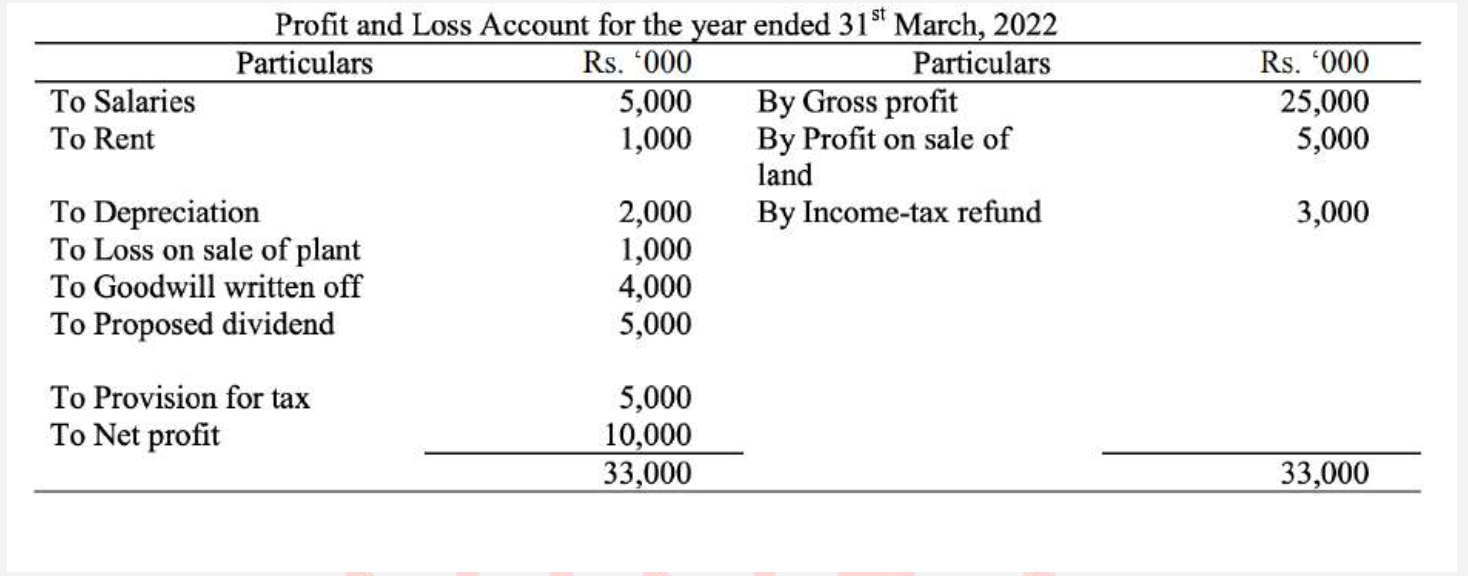MBA
Quantitative Analysis for Managerial Applications
ASSIGNMENT
Course Code: MMPC-005
Assignment Code: MMPC-005/TMA/JULY/2022
Coverage : All Blocks
2. Why is forecasting so important in business? Explain the application of forecasting for long term decisions.
Forecasting is a critical process in any business. It is the process of predicting future events and trends based on historical data and statistical models. It is used to make decisions about future actions that can have significant impacts on the business. Forecasts are important because they allow businesses to make informed decisions based on what is most likely to happen in the future. There are many reasons why forecasting is important in business.
First, it helps businesses to plan for the future. Forecasting enables businesses to predict the demand for their products or services and make necessary adjustments to their production schedules or staffing levels. It also helps businesses to plan for future investments, such as capital expenditures or expansion plans. Without accurate forecasts, businesses would be flying blind and making decisions based on incomplete or inaccurate information.
(For the complete answer and also the full set of answers of MBA assignments/study notes WhatsApp me : +91 99 471 471 85 or purchase it from here)
